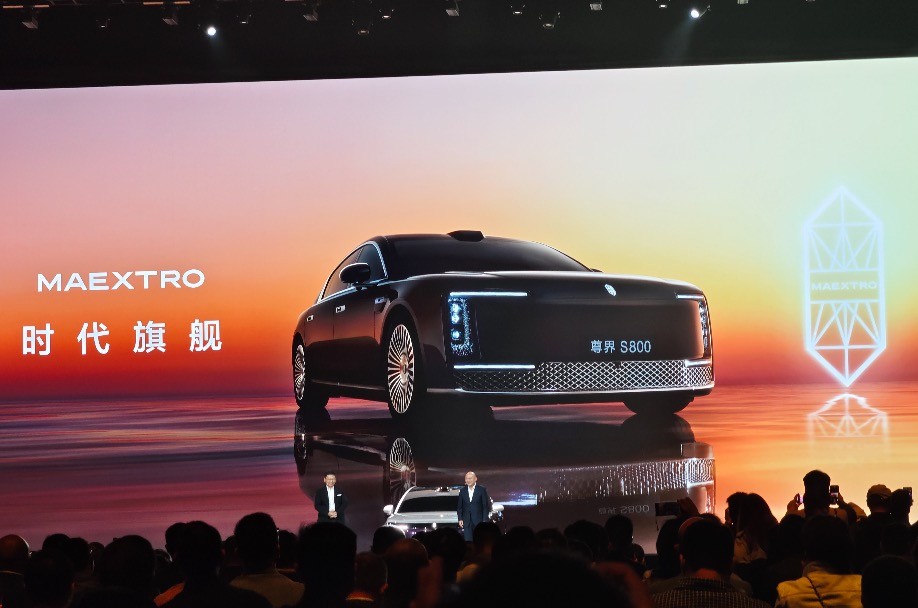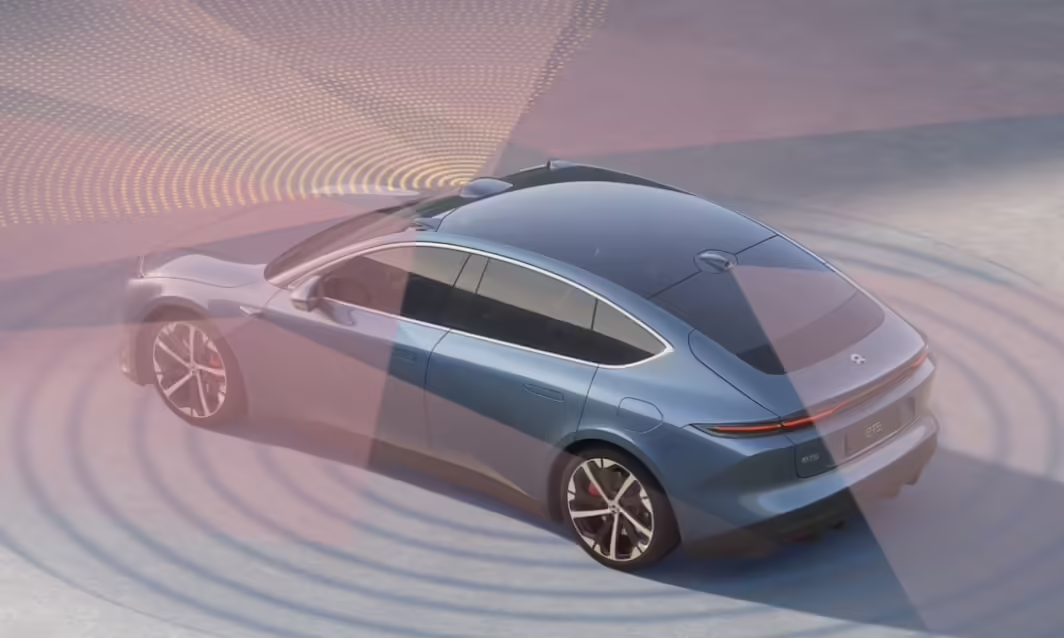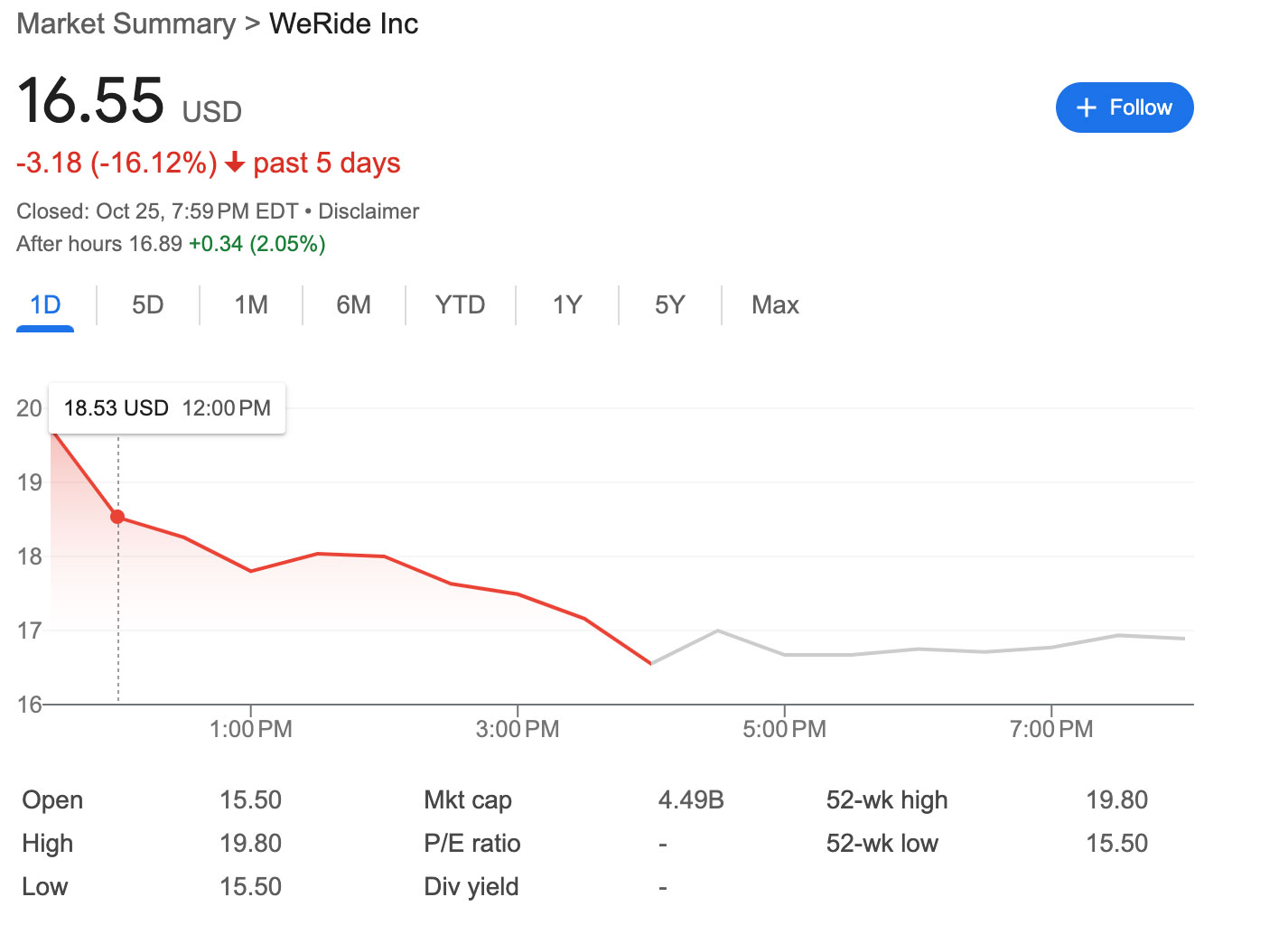Industry's First Chiplet Heterogeneous Integrated Autonomous Driving Chip
On December 25th, Ma Kai, a tenured associate professor at Tsinghua University's Institute for Interdisciplinary Information and the founder of Beiji Xiongxinxing, announced that the “Qiming 935A” chip has been successfully lit and completed all functional tests, meeting automotive-grade mass production standards.
According to the introduction, “Qiming 935A” is not a single chip but a family series. By integrating the Qiming 935 HUB Chiplet with various quantities of Ursa Major AI Chiplets and flexible packaging methods, it can quickly integrate SoC chips of different performance levels; and can achieve multi-chip interconnection through high-bandwidth PBLink, with dual-chip solutions supporting 128GB/s bidirectional bandwidth and quad-chip solutions supporting 64GB/s bidirectional bandwidth.
In terms of downstream application fields, each chip can support up to 20 60Hz 1080P camera inputs, applicable to various edge-side AI deployments.
The Qiming 935A series is claimed to be the industry's first autonomous driving chip based on the Chiplet heterogeneous integration paradigm.
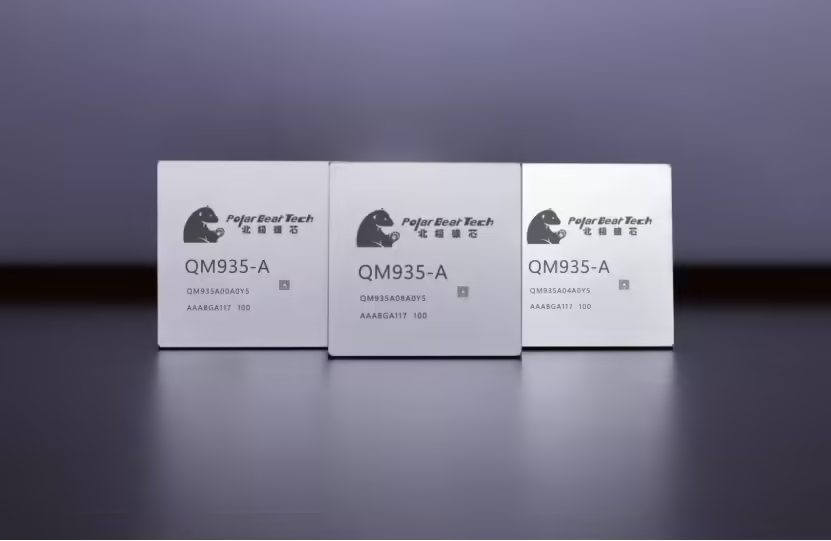
The Qiming 935A series has obtained TüV SGS ISO26262 ASIL-B level certification. It has also received automotive-grade verification from China Automotive Technology and Research Center, making it the first automotive-grade product tested by both domestic and international standards.
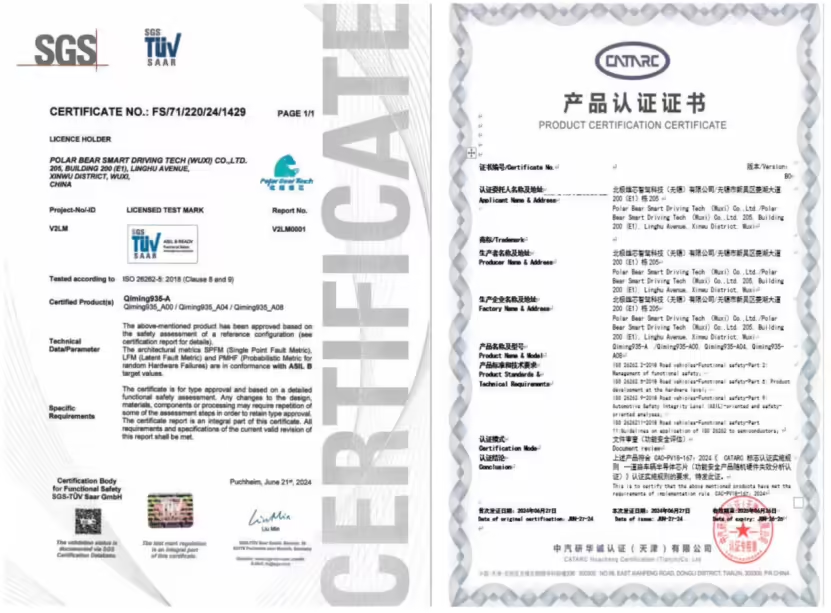
Beiji Xiongxinxing announced the simultaneous launch of core boards and prototype development public boards, along with reference designs.
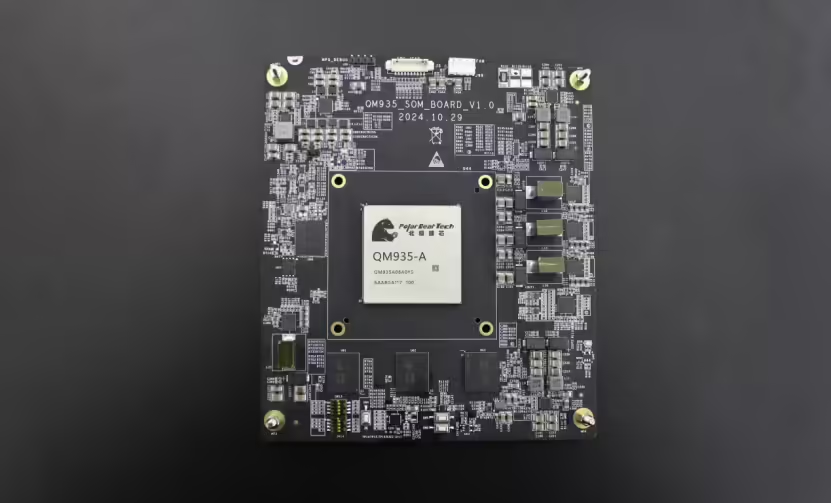
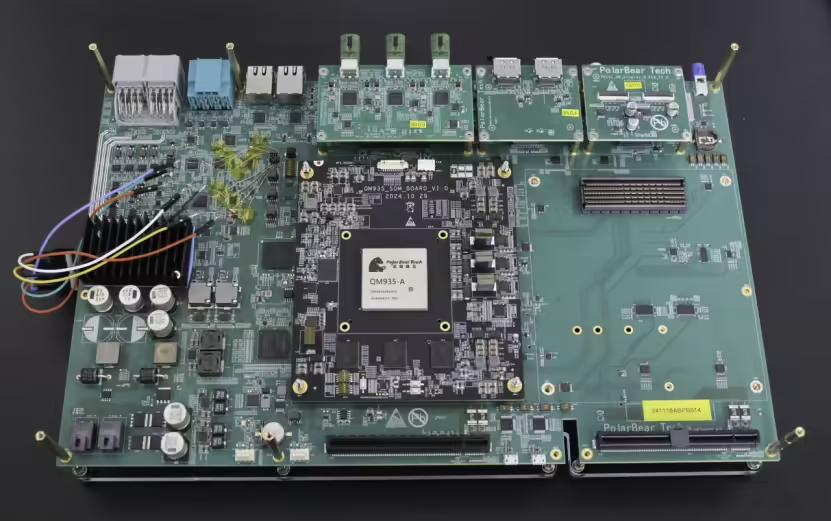
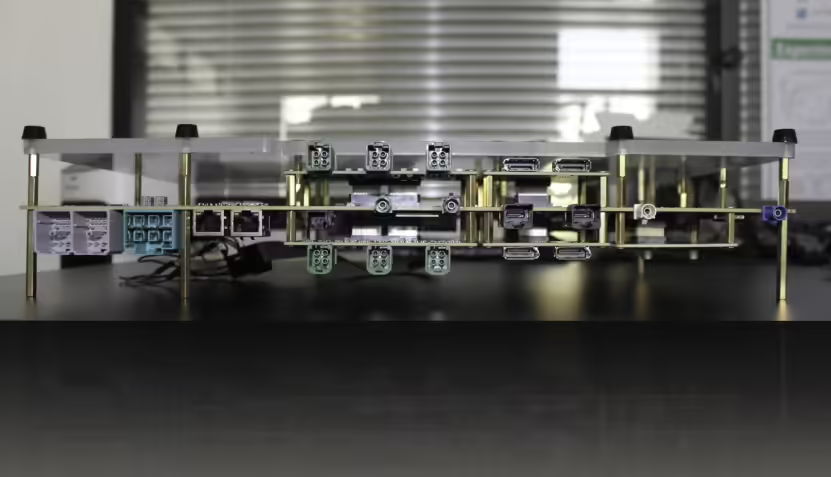
In terms of algorithms and large models, since the Ursa Major NPU naturally supports the Transformer structure, the preliminary models supported include Yolo series, ResNet50, PSPNet, PointNet++, TrafficSign_Retinanet, BevDet, miniCPM, Unet_ResNet50, PointPillars, PillarNest, M2track, BevFusion, PaliGemma, LLaMa-3B, 8B, etc. In terms of toolchains, it achieves compilation and deployment through offline automation processes and provides runtime management APIs for the application layer.
Ma Kai said: “Imagine a large car manufacturer with annual mass production of several million vehicles, dozens of car models, each divided into high, medium, and low configurations. High-end cars cost hundreds of thousands, while affordable cars cost 70-80 thousand. Traditional solutions must use different chips. The problem is that when a new algorithm comes out, just adapting and then OTA is a huge workload. With the Qiming 935 chip, the appearance and pins of high, medium, and low car models are the same, supporting chip-level selection; different car models can use the same chip but have a huge difference in computing power, supporting different levels of intelligence; OTA upgrades, a set of software, a set of drivers, perfectly adapted to all car models.”
IT Home learned from Beiji Xiongxinxing that the Qiming 935A series chips have been sent for sampling.


